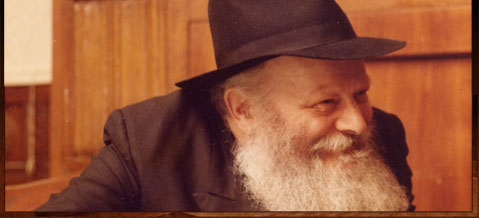Rabbi Avraham Kliers
This story concerns Shmitah, the agricultural sabbatical mandated by the Torah once every seven years in the Land of Israel. It is now the middle of a Shmitah year, when thousands of farmers are refraining from working or profiting off the land.
I began working for the “Keren Hashvi’is,” (the Sabbatical Fund) in 1970. The fund was established by a couple of Jewish communal groups, the Agudas Yisrael and Jerusalem’s Edah Hachareidis, in order to
support farmers in the Holy Land who were observing Shmitah. Rather than relying on any Halachic loopholes that allowed them to continue working, these farmers were letting their land lie completely fallow.
In 1972, before the Shmitah year was due to commence, Rabbi Binyomin Mendelsohn of Komemiyut, a religious village, asked that we promote the vision of the fund and expand its activities.
The subject of religious agricultural law in general, and Shmitah in particular, was very close to Rabbi Mendelsohn’s heart. In fact, it was the reason that he turned down a prestigious job offer from the community of Kiryat Ata, preferring the rabbinate of a small agricultural settlement. When we first met, he inquired about my great-grandfather Rabbi Moshe Kliers, who had served as the Ashkenazi rabbi of Tiberias while working extensively with the Jewish farmers in the surrounding Galilee, encouraging them to observe Shmitah and other agricultural laws. (more…)






